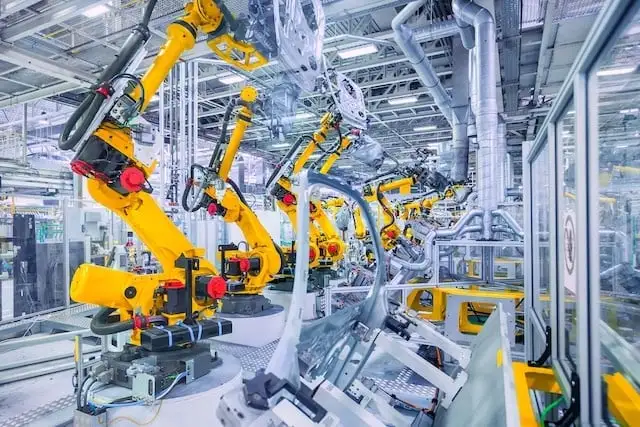The UK’s manufacturing purchasing managers’ index (PMI) increased from 47.0 in Jan & the previous flash forecast of 49.2 to 49.3 in Feb 2023. This was the best purchasing managers’ index figure during that period, despite the fact that it maintained below the neutral level of 50.0 for the 7th consecutive month. For the 1st time in 8 months, manufacturing output increased, although very modestly – UK Economy.
Investors & consumers goods were the only industries to have an increase in new orders, which supported the rise in manufacturing production. This rise was support by indications of firming customer demands.
The slowdown in intermediate goods makers persisted, but rates of fall in production & new business dropped to 7-month lows, according to the S&P Global/CIPS UK Manufacturing purchasing managers’ index (PMI) survey.
For the 9th consecutive month, new business received overall decreased demand in Feb. Even yet, the trend continued to show signals of stabilisation because that sequence’s contraction rate was the lowest and mildest.
The cost of living problem & minimal export order intakes were two factors stated by companies who reported reduced new business intakes. Those that saw a rise, on the other hand, reported more client confidence and indications of economic balance or recovery.
UK Economy in ‘Better Shape’
In Feb, there were also flexibility signals for the increase in new export business. Despite the fact that there were less new export orders for the thirteenth consecutive month. The rate of decline was at its slowest since March 2022.
The drawback was that companies reported receiving less new business from important markets including China, US & Europe.
However, several have pointed out that improving the world’s economy & China’s removal of COVID-19 restrictions had a positive effect on international demand.
In February, the prognosis for the manufacturing industry improved as well. For the 3rd consecutive month, business sentiment increased, reaching its highest level in a year.
Just 10% of companies predicted a decline in production over the next 12 months, compared to over 60% who anticipated increasing production.
The positive prognosis was mostly drive by expectations for better economic circumstances. The introduction of new products, planned investments, and fewer supply chain problems.
Average vendor lead times decreased in Feb for the 1st time since June 2019. Although sub-sector statistics indicated that the progress was mostly focused on the category of intermediate products. There were also indications that supply chain interruptions were reducing in the industries of investment & customer goods.
The research also said that businesses experienced increases in vendor capacity and material accessibility.
The increase in input prices in Feb was affect by the lessen strain on supply chains. Despite a new increase in the average cost of goods purchased, the pace of inflation slowed for the 5th consecutive month & reached its lowest level since July 2020.
As a result of higher expenses, selling prices rose (albeit the lowest increase in over 2 years)
